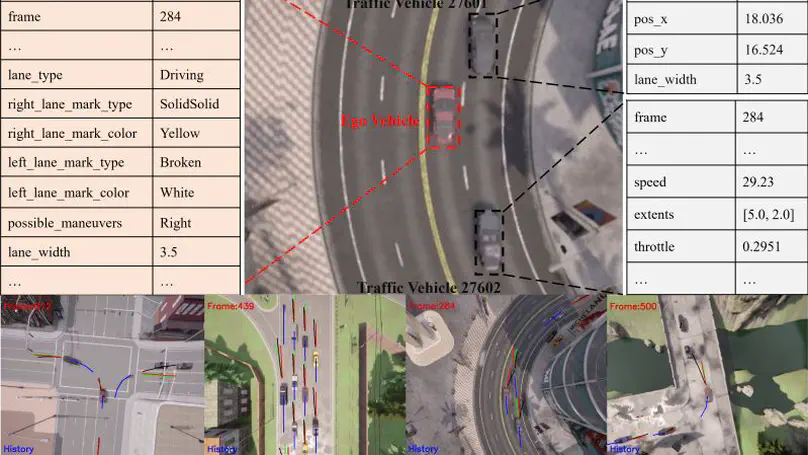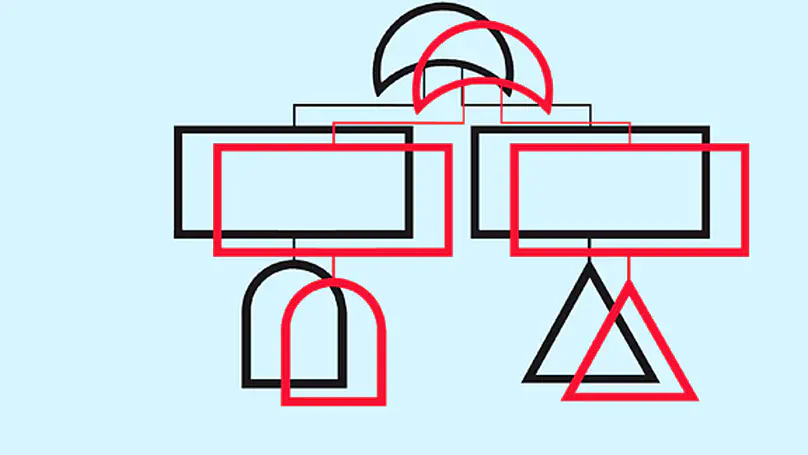Publications

To systematically improve the public charging experience, EV charging industry stakeholders need to define and measure it precisely. Many stakeholders currently measure aspects of the charging experience, but they typically employ metrics that are either operational in nature, such as charger uptime and mean time between failures, or composite customer satisfaction indices. To improve the customer experience most effectively, the industry needs metrics that define the charging experience from the perspective of the customer, not business operations. Furthermore, industry practitioners need granular metrics to know what specific aspects of the charging experience need improvement. This report defines such customer-focused metrics, called key performance indicators (KPIs).

With the growing adoption of Electric Vehicles (EVs), there is an increasing need for a reliable EV charging infrastructure. To help meet this need, the report “Recommendations for Minimum Required Error Codes for Electric Vehicle Charging Infrastructure,” recommends a set of minimum required error codes (MRECs) and their functional and responsibility classification. Charger manufacturers, charging station operators, EV manufacturers, and other stakeholders in the North American market are encouraged to uniformly adopt the MRECs to enhance EV charging error reporting, interpretation, and diagnostics. This document serves as a guide to enable uniform implementation of the MRECs using the Open Charge Point Protocol (OCPP).

The flexibility offered by the Open Charge Point Protocol (OCPP) through the introduction of custom error codes also creates its own set of challenges. While the integration of custom error codes allows for enhanced granularity, it also introduces inconsistencies and fragmentation within the overarching diagnostic reporting system. Consequently, these custom error codes add an additional layer of complexity to the already intricate tasks of error reporting, diagnostics, and resolution. The variation in the definition of custom error codes makes it difficult to assess which entity in the charging ecosystem is responsible to correct errors and hinders the implementation of uniform error handling procedures across diverse charging stations and management systems. This results in prolonged resolution times and increased maintenance costs, resulting in decreased charging reliability. The challenge of charging reliability can be a significant obstacle to the widespread adoption of EVs, emphasizing the urgent need for a more robust approach to error handling across the EV charging ecosystem.

For the safe and reliable operation of battery-driven machines, accurate state-of-charge (SOC) estimations are necessary. Unfortunately, existing methods often fail to identify patterns relevant to long-term SOC estimation due to complex battery cell characteristics such as aging. In this paper, we propose the Uncorrelated Sparse Autoencoder with Long Short-Term Memory (USAL). USAL is a novel neural network that addresses the challenging task of long-term SOC estimation given a limited initial history of a cell’s charge-discharge behavior. USAL uses a multi-task learning strategy to harness the advantages of sparse autoencoders and Long Short-term Memory (LSTM) networks by enforcing correlation penalties. The USAL simultaneously learns to (i) generate a latent space of informative SOC encodings from commonly measured cell characteristics, (ii) penalize for high multicollinearity between encodings, and (iii) identify non-trivial long and short temporal correlations between the encodings using LSTM cells. USAL outperforms benchmarked models in our experiments when trained on five initial charge-discharge cycles across multiple battery cells using three publicly available accelerated aging datasets. Note to Practitioners —This paper proposes USAL, a custom-built deep neural network to address the challenging task of long-term SOC estimations in battery cells. Long-term SOC estimation involves estimating SOC for cycles near End-Of-Life (EOL) given some initial charge-discharge cycles. Three fundamental steps involved in long-term SOC estimations using USAL are (i) exploiting a multi-task learning strategy to learn efficient encodings given limited training data, (ii) penalizing these encodings for high correlations to efficiently transform measured inputs into a space of informative features, and (iii) mapping of aging-related trends to support long-term SOC estimations. USAL is designed to be a data-driven SOC estimation method that is (i) capable of alerting the user to a faulty cell when integrated into a real-life Battery Management System (BMS) and (ii) identifying the relative quality of a battery cell from only a few initial charge-discharge cycles.

Artificial intelligence solutions for Autonomous Vehicles (AVs) have been developed using publicly available datasets such as Argoverse, ApolloScape, Level5, and NuScenes. One major limitation of these datasets is the absence of infrastructure and/or pooled vehicle information like lane line type, vehicle speed, traffic signs, and intersections. Such information is necessary and not complementary to eliminating high-risk edge cases. The rapid advancements in Vehicle-to-Infrastructure and Vehicle-to-Vehicle technologies show promise that infrastructure and pooled vehicle information will soon be accessible in near real-time. Taking a leap in the future, we introduce the first comprehensive synthetic dataset with intelligent infrastructure and pooled vehicle information for advancing the next generation of AVs, named VTrackIt. We also introduce the first deep learning model (InfraGAN) for trajectory predictions that considers such information. Our experiments with InfraGAN show that the comprehensive information offered by VTrackIt reduces the number of high-risk edge cases. The VTrackIt dataset is available upon request under the Creative Commons CC BY-NC-SA 4.0 license at http://vtrackit.irda.club. LinkedIn Post here.

Although several state-of-charge (SOC) estimation methods have been proposed at the battery cell level, limited work has been done to identify the effect of cell aging on SOC estimations. To address this challenge, this paper proposes a novel method for estimating the SOC of Lithium-ion (Li-ion) battery cells by accurately modeling the cell aging and degradation information. The proposed method, termed as NNGP, is a deep neural network with Gaussian process feedback. The novel Gaussian process feedback helps the NNGP correlate SOC trends over consecutive charge-discharge cycles. Instead of time, the NNGP leverages available energy to correlate these SOC trends. The deep neural network within the NNGP then utilizes this information and other measured inputs to capture long-term cell aging and degradation trends. The NNGP leverages the most recent cell information to adapt its weights and estimate the SOC by employing an adaptive weighted training strategy. In our experiments on four Li-ion battery cells from three publicly available accelerated aging datasets, the NNGP clearly outperforms other benchmarked methods. The NNGP is also shown to be a useful prognostic tool capable of accurately estimating the SOC for up to 25 cycles in the future with an MAE below 3.5%. When tested under dynamic driving conditions and unknown initial SOC, the NNGP is shown to offer considerable improvements over other benchmarked state-of-art methods. The derivation of the model followed by experimental evaluation is presented.

Forecasting warranty claims for complex products is a reliability challenge for most manufacturers. Several factors increase the complexity of warranty claims forecasting, including, the limited number of claims reported at the early stage of launch, reporting delays, dynamic change in the fleet size, and design/manufacturing adjustments for the production line. The aggregated effect of those complexities is often referred to as the “warranty data maturation” effect. Unfortunately, most of the existing models for warranty claims forecasting fail to explicitly consider warranty data maturation. This work address warranty data maturation by proposing the Conditional Gaussian Mixture Model (CGMM). CGMM uses historical warranty data from similar products to develop a robust prior joint Gaussian mixture distribution of warranty trends at both, the current and future maturation levels. CGMM then utilizes Bayesian theories to estimate the conditional posterior distribution of the warranty claims at the future maturation level conditional on the warranty data available at the current maturation level. The CGMM identifies non-parametric temporal warranty trends and automatically clusters products into latent groups to establish (learn) an effective prior joint distribution. The CGMM is validated on an extensive automotive warranty claims dataset comprising of four model years and >15,000 different components from >10 million vehicles.